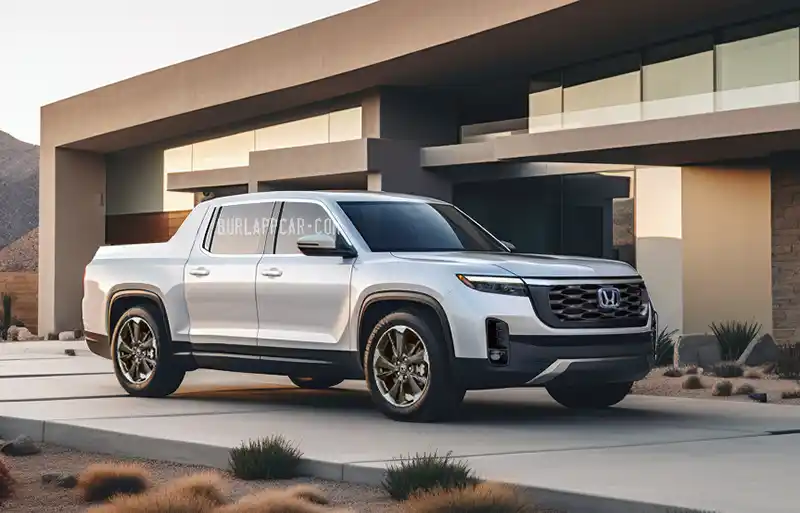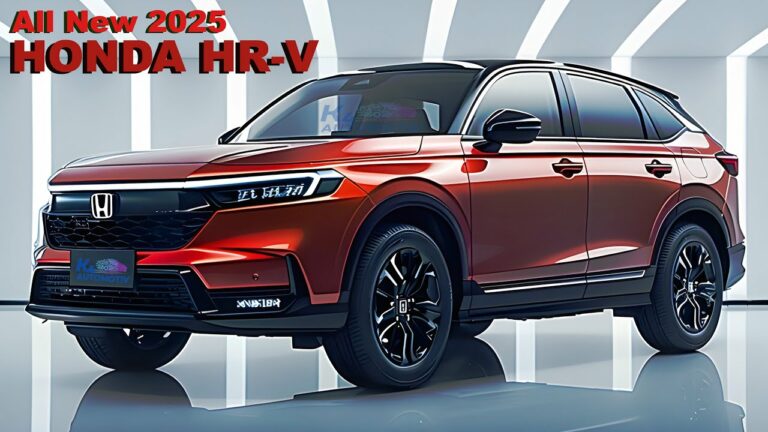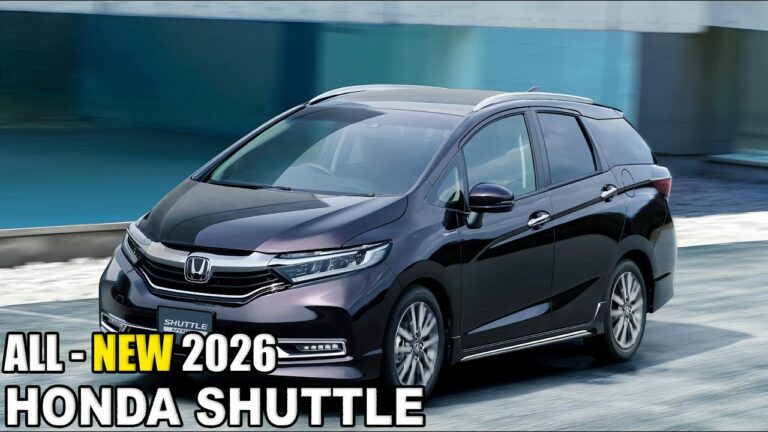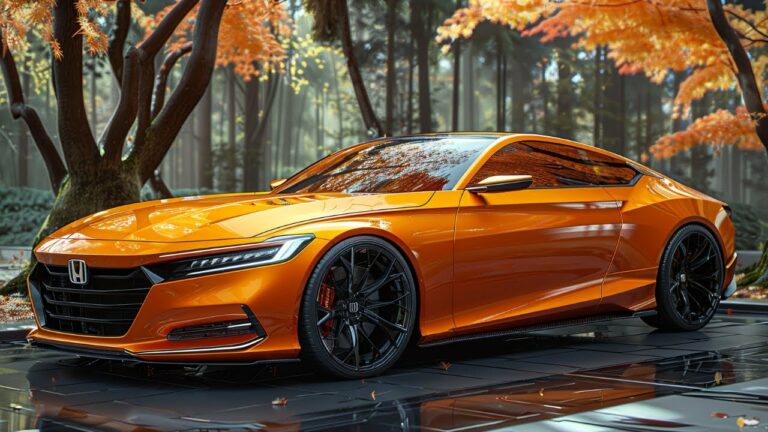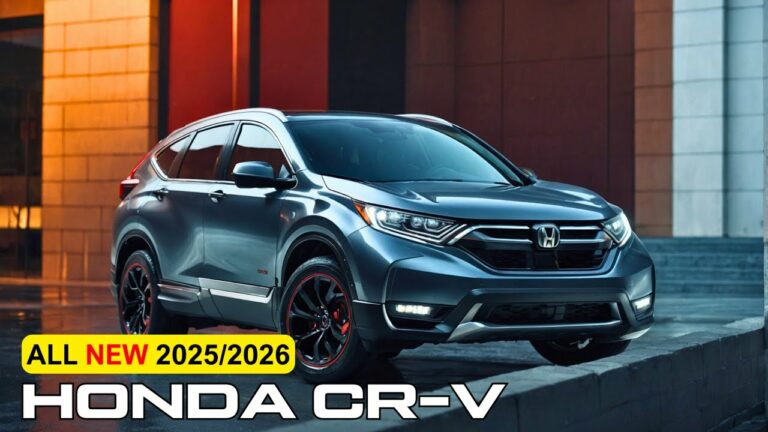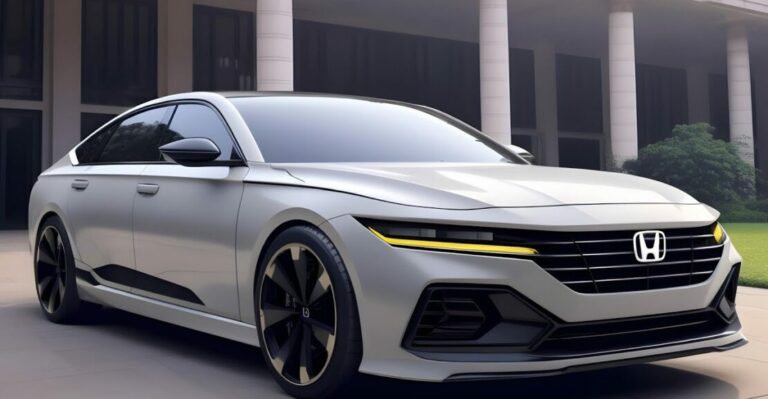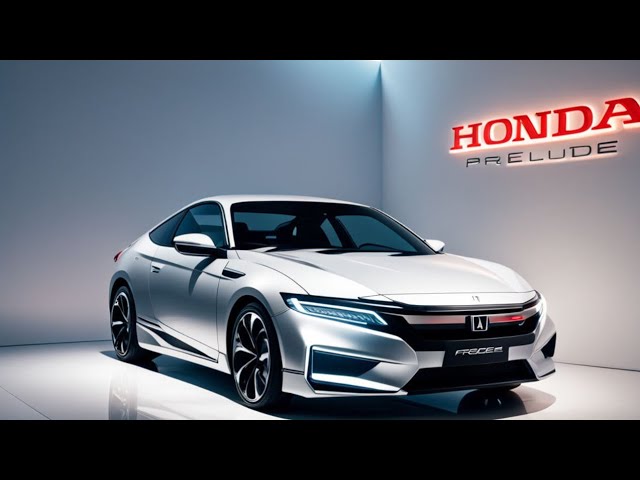2026 Honda Ridgeline Price: What to Expect and Why
The 2026 Honda Ridgeline is a highly anticipated pickup truck that promises to deliver a unique blend of ruggedness, refinement, and advanced technology. As we approach its release, one of the most intriguing aspects is its pricing. In this article, we will delve into the factors that will shape the 2026 Honda Ridgeline price, exploring market trends, production costs, features, and consumer demand.
The automotive industry is constantly evolving, and the pricing of vehicles is no exception. To understand the potential price point of the 2026 Honda Ridgeline, we must consider historical trends, competitive dynamics, and the ever-changing landscape of consumer preferences. By analyzing these elements, we can gain insights into the strategies that Honda may employ to position its new pickup truck in the market.
Market Analysis
The Honda Ridgeline has witnessed a gradual price increase over the years. In 2023, the base Sport trim started at £27,300, while the top-of-the-range Black Edition cost £38,860. These prices represent a 3.2% and 2.7% increase, respectively, compared to the previous year’s models.
Several factors have contributed to the rising prices of the Honda Ridgeline. Inflation, supply chain disruptions, and increasing consumer demand have all played a role. The global chip shortage, in particular, has had a significant impact on vehicle production and pricing. As a result, manufacturers have been forced to pass on some of these increased costs to consumers.
Competitive Landscape
The Honda Ridgeline competes in a highly competitive segment of the pickup truck market. Rival models include the Ford Ranger, Toyota Hilux, and Nissan Navara. These vehicles offer a range of features and capabilities, and their prices vary depending on the trim level and options chosen.
- The Ford Ranger is priced from £25,845 to £36,800.
- The Toyota Hilux is priced from £26,895 to £39,320.
- The Nissan Navara is priced from £25,995 to £37,320.
Production and Distribution Costs
The production of the 2026 Honda Ridgeline is a complex process involving various cost drivers that impact the overall manufacturing expenses. These costs can be categorized into raw material prices, labor costs, and transportation expenses.
Raw material prices fluctuate based on market conditions and global supply chains. Key materials used in the Ridgeline’s construction, such as steel, aluminum, and plastics, are subject to price variations. Labor costs, including wages and benefits for assembly line workers, engineers, and management, contribute significantly to the production expenses. Additionally, transportation costs associated with the movement of raw materials, components, and finished vehicles between suppliers, manufacturing plants, and dealerships affect the overall production and distribution costs.
Distribution Network and Logistics
The distribution network for the 2026 Honda Ridgeline involves a network of suppliers, manufacturing plants, distribution centers, and dealerships. The efficient coordination of this network is crucial for timely delivery of vehicles to customers. Key aspects of the distribution process include:
- Supplier Management: Managing relationships with suppliers to ensure timely delivery of high-quality components.
- Production Planning: Coordinating production schedules to meet demand and minimize inventory costs.
- Logistics and Transportation: Optimizing transportation routes and modes to deliver vehicles to dealerships efficiently and cost-effectively.
- Dealer Network Management: Establishing and maintaining relationships with dealerships to ensure effective distribution and customer satisfaction.
Features and Value Proposition

The 2026 Honda Ridgeline boasts an impressive array of features that elevate its value proposition and set it apart from competitors.
The Ridgeline’s unique selling point lies in its versatile design, which seamlessly blends rugged capability with everyday practicality. It offers a spacious and comfortable interior, advanced safety technologies, and a host of convenience features that enhance the driving experience.
Key Features and Specifications
| Feature | Specification |
|---|---|
| Engine | 3.5L V6 with Variable Cylinder Management (VCM) |
| Horsepower | 280 hp |
| Torque | 262 lb-ft |
| Transmission | 9-speed automatic |
| Towing Capacity | 5,000 lbs |
| Payload Capacity | 1,584 lbs |
| Fuel Economy (EPA est.) | 18 mpg city / 24 mpg highway |
| Safety Features | Honda Sensing Suite (Collision Mitigation Braking System, Road Departure Mitigation System, Lane Keeping Assist System, Adaptive Cruise Control) |
| Convenience Features | Apple CarPlay and Android Auto integration, wireless charging, heated seats, panoramic sunroof |
Value Proposition
The 2026 Honda Ridgeline’s combination of features and value proposition makes it an attractive choice for buyers seeking a versatile and capable vehicle. Its rugged exterior and spacious interior make it suitable for both work and play, while its advanced safety and convenience features provide peace of mind and enhance the driving experience.
Compared to competitors such as the Toyota Tacoma and Chevrolet Colorado, the Ridgeline offers a more refined and comfortable ride, along with a more extensive range of features and amenities. This perceived value translates into a potential price premium for the Ridgeline, making it a compelling choice for buyers who prioritize both functionality and value.
Consumer Perception and Demand

The 2026 Honda Ridgeline is anticipated to generate considerable interest among potential buyers. Market research indicates a strong appetite for a mid-size pickup truck that combines ruggedness with versatility. Consumers are particularly drawn to its advanced technology features, spacious interior, and fuel efficiency.
Analysis of consumer reviews and social media sentiment reveals positive feedback regarding the Ridgeline’s performance, comfort, and value. Purchase intent data suggests that a significant number of consumers are eager to acquire the vehicle when it becomes available.
Target Market and Price Sensitivity
The target market for the 2026 Honda Ridgeline primarily comprises individuals and families seeking a versatile vehicle for both work and leisure activities. This includes outdoor enthusiasts, contractors, and those who value a combination of functionality and style.
In terms of price sensitivity, the target market is expected to be moderately price-conscious. While consumers are willing to pay a premium for a high-quality vehicle, they are also mindful of overall value and affordability. The Ridgeline’s competitive pricing and attractive features are likely to resonate well with this segment.
Pricing Strategy
The 2026 Honda Ridgeline pricing strategy will be designed to maximize sales and profitability while considering market conditions, production costs, and consumer preferences.
The target price point will be set based on extensive market research, competitor analysis, and an understanding of consumer demand. The pricing model will be flexible, allowing for adjustments based on market conditions and consumer feedback.
Promotional Strategies
Promotional strategies will be employed to drive sales and create awareness for the 2026 Honda Ridgeline. These strategies may include:
- Launch discounts and incentives
- Targeted advertising campaigns
- Social media promotions
- Partnerships with influencers and industry experts
FAQ Summary
When will the 2026 Honda Ridgeline be released?
The official release date for the 2026 Honda Ridgeline has not yet been announced.
What are the key features of the 2026 Honda Ridgeline?
The 2026 Honda Ridgeline is expected to offer a range of features, including an updated infotainment system, advanced safety technologies, and a spacious and versatile cabin.
How does the 2026 Honda Ridgeline compare to its competitors?
The 2026 Honda Ridgeline will compete with other midsize pickup trucks, such as the Toyota Tacoma, Chevrolet Colorado, and Ford Ranger.
